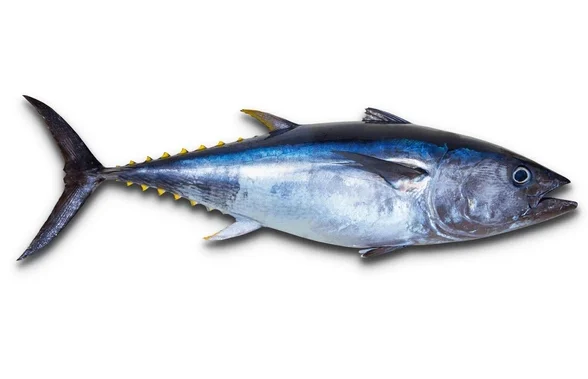Unveiling the Majesty of Big Tuna: A Deep Dive into the Ocean’s Giants
Introduction: Discovering the Wonders of Big Tuna
In the vast expanse of the world’s oceans, few creatures command as much respect and fascination as the majestic big tuna. These magnificent fish, known for their size, speed, and strength, have captured the imagination of fishermen, scientists, and seafood lovers alike. Join us as we embark on a journey to explore the mysteries and marvels of these ocean giants.
What is a Big Tuna?
Understanding the Species
Big tuna, scientifically classified under the genus Thunnus, are a group of large, predatory fish found in oceans worldwide. They belong to the family Scombridae and are renowned for their streamlined bodies, powerful tails, and distinctive markings.
Varieties of Big Tuna
There are several species of big tuna, including the bluefin, yellowfin, and albacore. Each species has its own unique characteristics, habitat preferences, and migratory patterns.
The Magnificence of Big Tuna: Key Features
Impressive Size and Weight
Big tuna are aptly named for their impressive size and weight. These fish can grow to be several feet in length and weigh hundreds of pounds, making them one of the largest predatory fish in the ocean.
Exceptional Speed and Agility
Despite their size, big tuna are incredibly fast and agile swimmers. They are capable of reaching speeds of up to 50 miles per hour, allowing them to easily outpace their prey and evade predators.
Remarkable Strength and Endurance
Big tuna possess remarkable strength and endurance, allowing them to undertake long migrations across vast stretches of ocean. They are highly prized by fishermen for their fighting spirit and the challenge they present when caught.
Habitat and Distribution
Global Distribution
Big tuna are found in oceans worldwide, from the temperate waters of the Atlantic and Pacific to the tropical seas of the Indian Ocean. They are highly migratory, following prey and favorable water temperatures throughout the year.
Preferred Habitat
These fish prefer deep, open waters where they can roam freely in search of food. They are often found near underwater seamounts, ridges, and other underwater features that attract prey.
Ecological Importance
Top Predators
Big tuna play a crucial role in marine ecosystems as top predators. They help regulate the population of smaller fish and maintain the balance of ocean ecosystems.
Economic Value
Big tuna are economically important fish, supporting commercial fisheries and providing livelihoods for thousands of fishermen around the world. They are highly sought after for their delicious flesh, which is prized in cuisines across the globe.
Conservation Challenges
Overfishing
Big tuna populations face significant threats from overfishing, particularly in the case of bluefin tuna, which are heavily targeted for their valuable meat. Sustainable fishing practices are essential to ensure the long-term survival of these magnificent fish.
Habitat Destruction
The destruction of essential habitat, such as spawning grounds and feeding areas, poses another significant threat to big tuna populations. Conservation efforts must focus on protecting these critical areas to safeguard the future of these iconic fish.
Conclusion: Celebrating the Majesty of Big Tuna
In conclusion, big tuna are truly remarkable creatures that inspire awe and admiration wherever they roam. From their impressive size and speed to their ecological importance and economic value, these ocean giants are deserving of our respect and protection. By working together to address the challenges they face, we can ensure that future generations continue to marvel at the majesty of big tuna.
FAQs About Big Tun’a
What is the average lifespan of a big tun’a?
Big tun’a can live for several decades, with some individuals reaching ages of 20 years or more.
Are big tun’a endangered?
While some species of big tun’a are considered threatened or endangered due to overfishing, others remain relatively abundant.
How fast can big tun’a swim?
Big tun’a are incredibly fast swimmers, capable of reaching speeds of up to 50 miles per hour.
What is the primary diet of big tun‘a?
Big tun’a are apex predators that feed primarily on smaller fish, squid, and crustaceans.
How do big tun’a reproduce?
Big tun’a reproduce through spawning, with females releasing thousands of eggs into the water, which are then fertilized by males.







